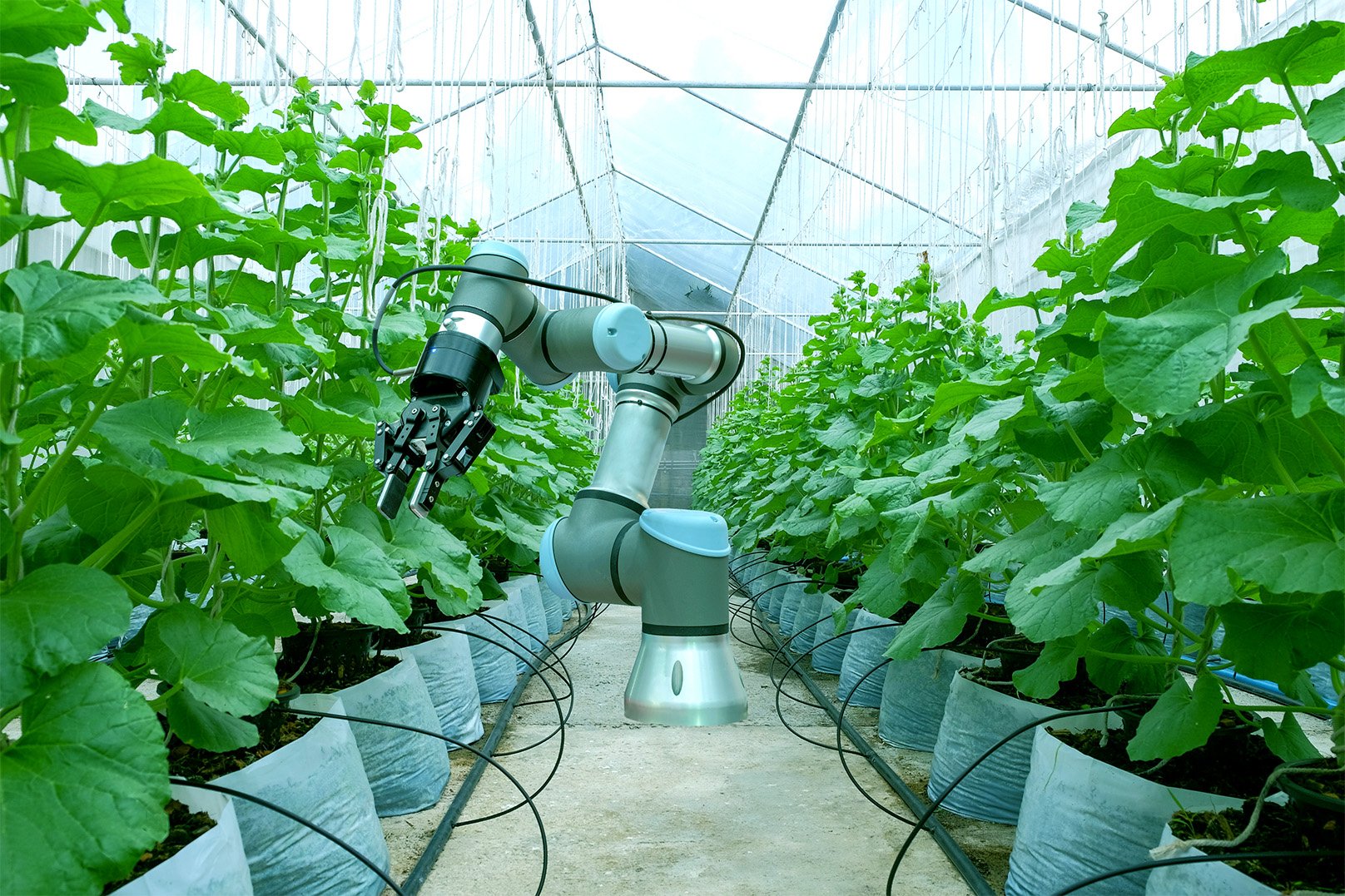Water and Food Out of Thin Air
Could Technologies Help Us to Harvest Life-Sustaining Ingredients from Air?
FUTURE PROOF – BLOG BY FUTURES PLATFORM
Clean water and food shortages are two of the world’s pressing problems which require urgent solutions as the population grows and the climate change evolves. As unbelievable as it may sound, new technologies could help us to answer this challenge by harvesting water and food out of thin air. What’s even better: the most advanced technologies work with solar and other forms of renewable energy making it possible to use them even in the remotest or driest parts of the world.
The shortage of clean water is a severe problem in many regions around the world. It’s estimated that around 884 million people don’t currently have access to the clean water supply. Around 13 trillion litres of water is floating in the air, and it would make a remarkable resource if we could access it effectively by using new technologies.
We already have technologies to harvest drinkable water, but so far many of the methods have been energy intensive, expensive and only worked in relative humidities down to about 50 percent making them unsuitable for the driest locations on Earth. Scientists at MIT and the University of California at Berkeley believe that they have created the first novel way of harvesting water that has a potential for widespread use in any location regardless of humidity levels.
Their solar-powered harvester leaches water from the air with the help of foam-like material made out of metal-organic frameworks (MOFs). Currently, they have been able to collect about three quarts of fresh water per day, with one kilogram of the material even from very dry air, a humidity of 20 percent. The system doesn’t even require sunlight, the necessary heat could be also created by burning wood or biomass.
Omar Yaghi, the founding director of the Berkeley Global Science Institute, believes that this experiment can lead even towards the future of personalised water, “where you have a device at home running on ambient solar for delivering water that satisfies the needs of a household.”
The possibility of effectively extracting water alone sounds amazing already, but it is not the only life-sustaining ingredient that scientists are attempting to catch from the air by using renewable energy. This year scientists from the joint project of the Lappeenranta University of Technology and the VTT Technical Research Centre of Finland announced that they have been able to make protein out of air.
Their ground-breaking method is based on growing microbes by using renewable energy and carbon dioxide extracted from the air. As a result, they have been able to produce a single-cell protein that is over 50% protein and 25% carbohydrates, with the remaining part being fatty substances.
The method can be used in food and animal feed applications anywhere with access to renewable electricity. The protein production is neither dependent on the right temperature, nor humidity and soil type. Therefore, it is also especially suitable for deserts or other areas suffering famine. In the future, it is possible that the method is even applied to a type of domestic appliance that gives us the possibility to produce protein at home.
Another important advantage is that this invention could help us to produce protein-rich nutrition without using farmland and pest-control substances. As Lappeenranta Technology University professor Jero Ahola highlights, ”This allows us to avoid any environmental impacts, such as runoffs into water systems or the formation of powerful greenhouse gases.”
Futures Platform’s content database offers clear, actionable insights into future trends. Designed to help organisations navigate change with confidence.
Get exclusive access to expert-curated 1,500+ future phenomena, scenario narratives and market intelligence- All in one place.




Greentech is hot, and possibly overheating. Surging green investments in still-to-be-proven technologies may overinflate this market bubble. Much depends on whether greentech’s issues can be efficiently addressed and whether governments will step in – and step up funding – if investor money dries up.